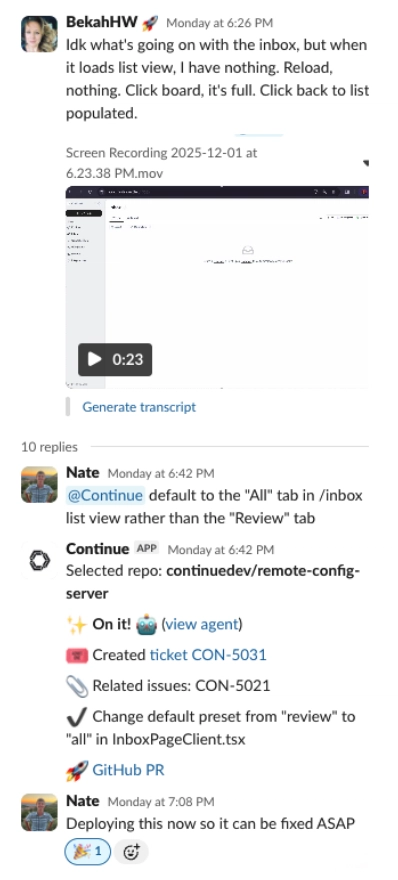The Silent Invaders: Unmasking the Era of Zero-Click Exploits
In the shadows of our hyperconnected world, a new breed of cyber threat operates with chilling efficiency. Unlike phishing scams or ransomware that rely on human error, zero-click exploits compromise devices without a single tap, click, or conscious interaction from the victim. These attacks weaponize the invisible seams in our software—messaging apps, email clients, operating systems—turning trusted digital ecosystems into silent gateways for espionage, data theft, and surveillance. This deep dive explores how zero-click exploits work, why they’re rewriting cybersecurity playbooks, and what we can do to fight back.
Part 1: The Anatomy of a Zero-Click Exploit
What Makes Zero-Click Attacks Unique?
Traditional cyberattacks require “user interaction”: a downloaded attachment, a clicked link, or a granted permission. Zero-click exploits bypass this entirely. They exploit vulnerabilities in software that automatically processes data—like an iPhone rendering a preview of a text message, an Android phone handling a malformed network packet, or an email client loading remote content. No alert. No warning. Just compromise.
Technical Mechanics: How They Work
- Entry Point:
- Protocol Parsers: Messaging apps (iMessage, WhatsApp) or email clients automatically parse incoming data. Flaws in this parsing allow malicious code execution.
- Wireless Interfaces: Bluetooth, Wi-Fi, or cellular stacks (e.g., the 2020 “5G Protocol Stack” exploit).
- Background Services: Cloud sync, push notifications, or voice call handlers (e.g., the 2019 WhatsApp call exploit).
- Exploitation Chain:
- Memory Corruption: Attackers send crafted data triggering buffer overflows, heap sprays, or use-after-free errors.
- Kernel Escalation: Initial code execution escalates privileges to root/kernel level (e.g., FORCEDENTRY exploiting Apple’s Sandbox).
- Persistence: Malware like Pegasus or Reign survives reboots via firmware implants or hidden partitions.
- Stealth Evasion:
- Zero traces: Self-deleting payloads, encrypted C2 traffic, and in-memory execution avoid disk scans.
- Behavioral mimicry: Malware masquerades as legitimate processes (e.g., “com.apple.contacts” on iOS).
Part 2: Evolution & Real-World Cases
A Timeline of Notorious Zero-Click Attacks
- 2016 (Trident)
- Target: iOS via iMessage.
- Impact: Jailbreak + spyware installation via malicious PDFs. Used by UAE dissident Ahmed Mansoor.
- 2019 (WhatsApp)
- Vulnerability: CVE-2019-3568 in VOIP stack.
- Attack: Missed call → Remote code execution. Deployed NSO Group’s Pegasus.
- 2021 (FORCEDENTRY)
- Mechanism: iMessage zero-day bypassing BlastDoor sandbox via GIF-like PDF.
- Victims: 50,000+ targets, including journalists and politicians.
- 2023 (BLASTPASS)
- Vector: PassKit attachments in Mail. Full device takeover on iOS 16.6.
State-Sponsored Actors & Commercial Spyware
- NSO Group (Pegasus): Sold to governments for “national security,” used against activists like Jamal Khashoggi.
- Candiru: Targets Windows/Linux via zero-click Chrome exploits.
- Equation Group (NSA): Deploys “epic” zero-clicks through network implants.
Part 3: Why Zero-Click Exploits Are Uniquely Dangerous
1. No Defense at the Human Layer
User training is irrelevant. Attackers weaponize design flaws in code billions rely on.
2. Asymmetric Warfare
Costs millions to develop but scales effortlessly. One exploit can target thousands.
3. Hyper-Targeted & Untraceable
Focused on high-value targets (CEOs, journalists, politicians) with forensic countermeasures.
4. Regulatory Blind Spots
Spyware vendors exploit legal gray zones. NSO Group operated under Israeli defense export licenses.
Part 4: Defense Strategies – Fighting the Unseen
For Developers & Organizations
- Memory Safety: Adopt Rust, Swift, or memory-safe languages to eliminate 70% of vulnerabilities (Microsoft/CVE data).
- Sandboxing & Isolation:
- Apple’s BlastDoor (iMessage) and Android’s SELinux restrict process privileges.
- Exploit Mitigations:
- Control Flow Integrity (CFI), KASLR, and ARM’s Memory Tagging Extension (MTE).
- Threat Hunting:
- Monitor anomalous process behavior (e.g., sudden CPU spikes by “contactsd”).
For Individuals
- Updates: Patch within 24 hours of critical fixes (e.g., Apple’s rapid FORCEDENTRY patch).
- Attack Surface Reduction:
- Disable iMessage/MMS if unused.
- Use “Lockdown Mode” (iOS) or “Restricted Networking” (Windows).
- Network Protections:
- DNS filtering (NextDNS, Cloudflare Zero Trust) to block spyware C2 servers.
Policy & Advocacy
- Global Spyware Moratorium: Push for treaties banning commercial surveillance tools.
- “Right to Repair” Security: Mandate third-party audits for government-procured software.
Part 5: The Future – AI, IoT, & Quantum Threats
AI-Generated Exploits
Tools like Microsoft’s BugFarm use ML to auto-discover zero-day paths in complex codebases.
Expanding Attack Surfaces
- IoT Devices: Smart TVs, medical implants, and cars lack memory-safe firmware.
- 6G Networks: Sub-millisecond latency enables new real-time attack vectors.
Quantum Decryption
Future zero-clicks may steal data today for quantum-decryption tomorrow (Q-Day harvesting).
Conclusion: The Unending Arms Race
Zero-click exploits epitomize cyber warfare’s third wave: silent, scalable, and socially indifferent. As long as software has flaws, these attacks will evolve. Yet defenses are emerging—memory-safe revolutions, international coalitions against spyware, and AI-driven threat hunting. The battle isn’t hopeless; it’s urgent. In a world where your phone can betray you without a tap, vigilance shifts from users to architects. We must build systems that fail safely, regulate spyware like WMDs, and prioritize digital integrity over convenience. The era of silent compromise demands nothing less.
Focus Keyphrase:
Meta Description:
“”
Keywords:


